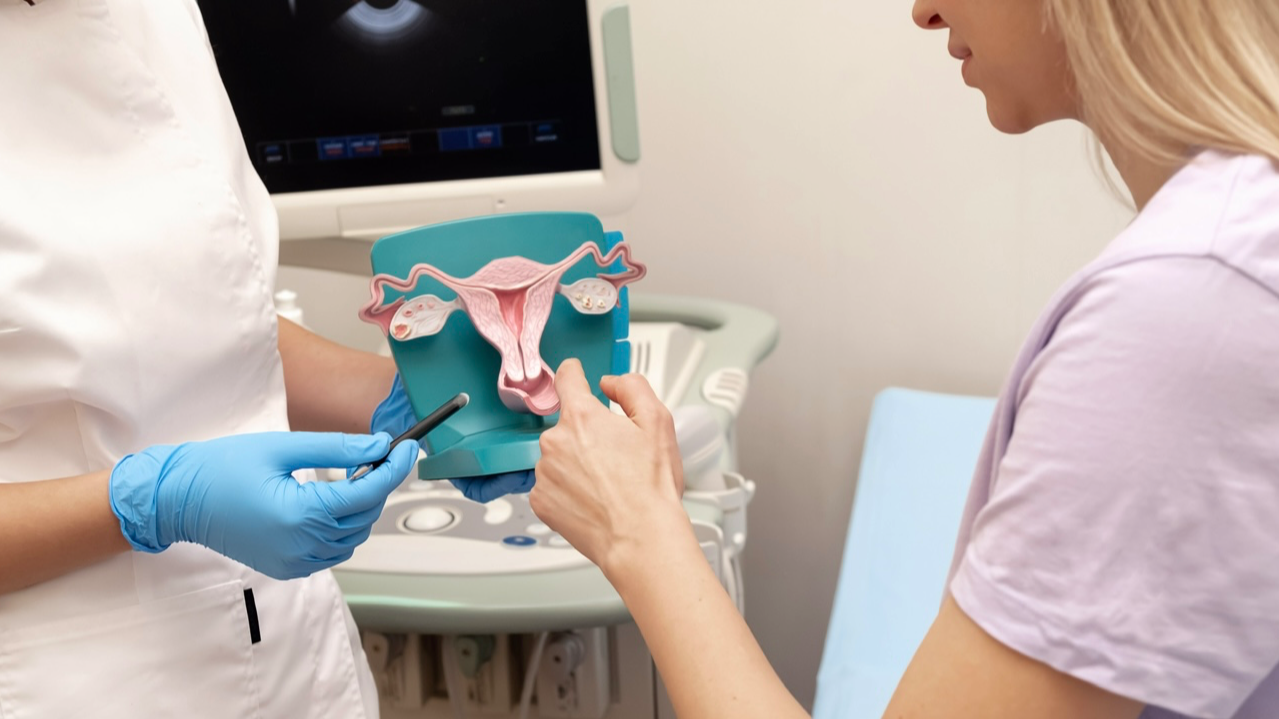What is a Partial Hysterectomy: A Comprehensive Guide
When it comes to women’s health, there are various medical procedures that can address specific conditions and improve overall well-being. One such procedure is a partial hysterectomy. In this article, we will delve into the details of what a partial hysterectomy entails, its benefits, potential risks, and recovery process. Whether you are considering this procedure or simply seeking to expand your knowledge, this comprehensive guide will provide you with the information you need.
A partial hysterectomy, also known as a subtotal hysterectomy, is a surgical procedure that involves the removal of the uterus while leaving the cervix intact. This means that the cervix, which is the lower part of the uterus that connects to the vagina, is not removed during the procedure. The purpose of a partial hysterectomy is to address certain medical conditions or alleviate symptoms that are affecting a woman’s quality of life.
There are several reasons why a partial hysterectomy may be recommended by a healthcare professional. One of the most common indications for this procedure is the presence of benign (non-cancerous) conditions, such as uterine fibroids or adenomyosis. Uterine fibroids are non-cancerous growths that can cause heavy or painful periods, pelvic pain, and pressure on nearby organs. Adenomyosis is a condition where the lining of the uterus grows into the muscular wall, leading to heavy bleeding and severe menstrual cramps.
Another reason for a partial hysterectomy is the treatment of abnormal uterine bleeding that does not respond to other medical interventions. This can include excessive or prolonged menstrual bleeding, irregular periods, or bleeding between periods. In some cases, a partial hysterectomy may be recommended as a preventive measure for women at high risk of developing uterine cancer or ovarian cancer.
Before undergoing a partial hysterectomy, it is essential to have a thorough consultation with a healthcare professional to determine if this procedure is the most suitable option for your specific condition. They will consider factors such as your medical history, the severity of your symptoms, and your future reproductive goals.
During the procedure, which is typically performed under general anesthesia, the surgeon will make an incision in the lower abdomen to access the uterus. The uterus is then carefully removed, while the cervix is left in place. In some cases, the fallopian tubes and ovaries may also be removed, depending on the individual circumstances and the patient’s preferences.
One of the advantages of a partial hysterectomy is the preservation of the cervix. By leaving the cervix intact, some women may experience a lower risk of certain complications, such as pelvic organ prolapse, urinary incontinence, or changes in sexual function. Additionally, the preservation of the cervix can eliminate the need for routine Pap smears, which are typically performed to screen for cervical cancer.
Like any surgical procedure, a partial hysterectomy carries certain risks and potential complications. These can include infection, bleeding, damage to nearby organs, adverse reactions to anesthesia, and blood clots. It is crucial to discuss these risks with your healthcare provider and address any concerns you may have before making a decision.
The recovery process following a partial hysterectomy varies from person to person but generally involves a period of rest and healing. Most women can expect to stay in the hospital for a day or two after the procedure to ensure proper monitoring and pain management. During the recovery period, it is essential to follow all post-operative instructions provided by your healthcare team, including restrictions on physical activity, lifting heavy objects, and sexual intercourse.
It is normal to experience some discomfort, vaginal bleeding, and fatigue in the weeks following the surgery. However, if you experience severe pain, heavy bleeding, fever, or any other concerning symptoms, it is important to seek medical attention promptly.
In terms of long-term effects, a partial hysterectomy does not lead to menopause. Since the ovaries are not typically removed during this procedure, hormone production continues, and menopause occurs naturally when the ovaries naturally cease to function. However, it is essential to discuss the potential hormonal changes and their impact on your overall health with your healthcare provider.
In conclusion, a partial hysterectomy is a surgical procedure that involves the removal of the uterus while leaving the cervix intact. It is often performed to address benign conditions, abnormal uterine bleeding, or as a preventive measure for certain types of cancer. While there are risks and potential complications associated with this procedure, it can provide significant relief from symptoms and improve a woman’s quality of life. If you are considering a partial hysterectomy, it is crucial to consult with a healthcare professional who can guide you through the decision-making process and provide the necessary support throughout your journey to better health.









